[Want to talk to the Journey crew and fellow fans? Come join us at Portal 55! (Ed.)]

by Ida Moya
A War in Space, in the Computer
Last month the traveler reviewed the August 1963 issue of Galaxy magazine. His assessment of this issue was that it contained standout stories by lesser authors, and lesser stories by standout authors. But one thing our intrepid traveler did not mention was Frederik Pohl’s editorial about his visit to M.I.T.’s computer section to play a game called Spacewar! on one of their computers.
Why is that a big deal? Because Spacewar! is one of the very first "computer games," and possibly the very first not based on an existing game (Tic-Tac-Toe, Chess, Tennis, etc.)
Editor Frederik Pohl’s editorial about Spacewar. Note too the ubiquitous advertisement for the Rosicrucians. I wonder what that is all about?
Pohl waxes poetic, imagining himself to be the Fenachrone while his opponent is Dick Seaton. He used a simple handheld control to fly spaceships programmed in the computer to accelerate, steer, and shoot torpedoes at one another across a cathode-screen readout. I had to look it up – those characters are from the Skylark of Space series, a work by Edward E. Smith, Ph.D., originally serialized in the pulp magazine Amazing Stories in the 1930s.
Pohl doesn’t tell us what kind of computer he saw Spacewar being played on, nor does he name the people responsible for programming the computer to play such an active and compelling game. But I can take a guess from what I have seen about computing – it is a PDP-1, a Programmed Data Processor-1, made by Digital Equipment Corporation.
A new way to use the Computer
These young men at M.I.T. are a different generation from the buttoned-down physicists and computer scientists I work with here at Los Alamos Scientific Laboratory. The computer users here in the Theoretical Physics or “T” division tend to be very serious about their computing, and there is no time for frivolous use of these expensive machines. The IBM 7090 and other equipment we have is carefully guarded, and has no time for games.
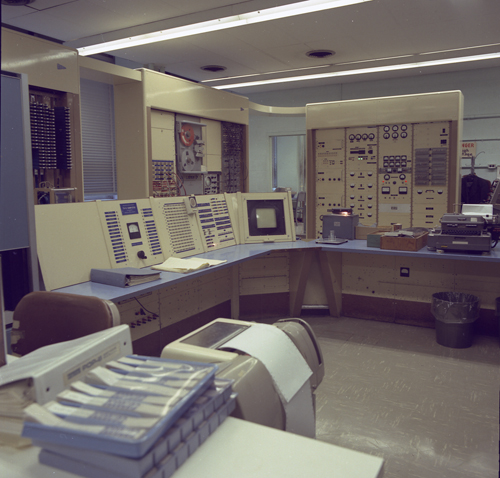
The TX-0 computer at M.I.T. (Image courtesy Computer History Museum)
From what I hear, these fellows at M.I.T. are a bunch of unwashed boys who emerged from the model railroad club to play with this spare computer called a TX-0. This TX-0 is a transistorized version of another one-off military computer called Whirlwind, also developed at M.I.T. These young men are not doing anything like serious physics or science, but are rather doing these useless but extremely clever things like making programs that convert Arabic numerals to Roman numerals in as few steps as possible. These kids could only get time on the TX-0 in the middle of the night, when other people aren’t using the valuable computer time, so they have very undisciplined habits and working hours. I hear that they call what they are doing “hacking.”
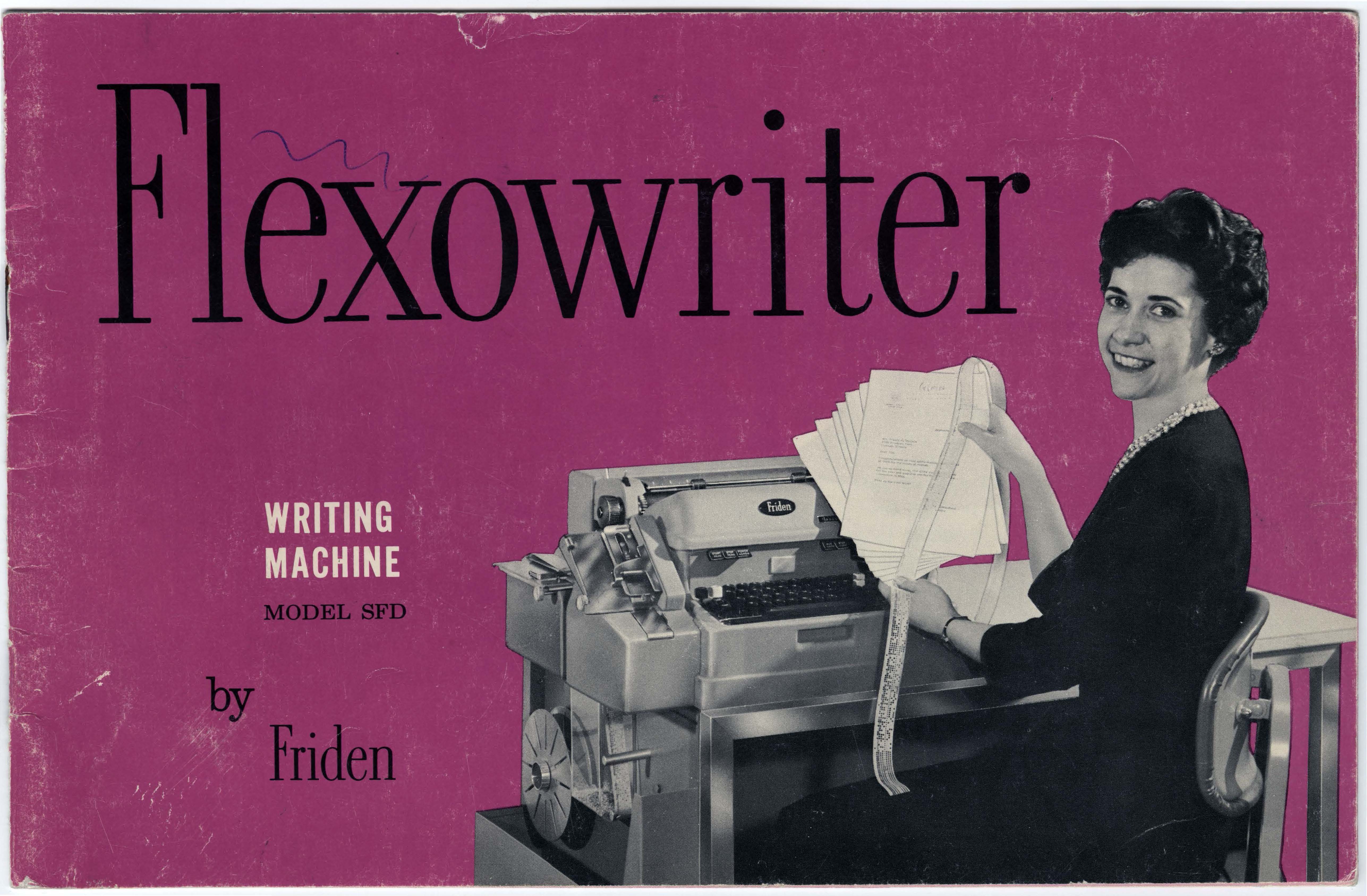
Brochure for Friden Flexowriter (Image courtesy Living Computers: Museum + Labs)
One interesting thing about this “hacking” and the computers they use is that, instead of using punched cards, like the batch processing we do on our IBM Stretch, they use a Friden Flexowriter, an unwieldy sort of teletypewriter, to make punched paper tapes of programs that they then directly feed into the computer. The hackers have direct access to the computer, and can fix programs themselves, rather than having to give their card deck to an operator, and hope that the results come out. That is what Pohl is talking about in his article when he says “…add another tape.”
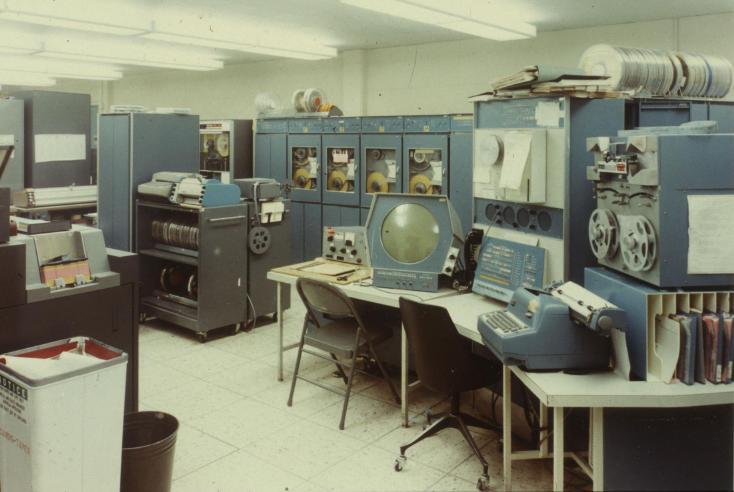
The PDP-1 at Lawrence Radiation Laboratory.
A couple of year ago, in 1961, one of the designers of the TX-0, Ken Olsen, founded a company he calls Digital Equipment Corporation (DEC). DEC donated PDP-1 serial number 1 to M.I.T’s Research Lab for Electronics, and these hackers have been playing with it ever since. One of these young men, with the unlikely moniker “Slug” Russell, is a big fan of science fiction, including the swashbuckling works of E.E. Smith. He and his friends designed this “computer game,” presented on the 19-inch DEC Type 30 display. The game includes a lot of realistic physics in the movement of the spaceships, and a background star field based on a real star map. They must have a lot of time on their hands.
The leader of “T” division here at Los Alamos Scientific Laboratory, Roger Lazarus, is suspicious of these small “time-sharing” computers like the PDP-1. He would rather invest in larger computers where all the power is used for calculating our nuclear tests, rather than sharing the power across a number of users. So we have not gotten our own PDP-1 at LASL. However, our sister institution, the Lawrence Radiation Laboratory (once the University of California radiation Laboratory at Livermore), received a PDP-1 in 1961.
Cecilia Larsen and the PDP-1
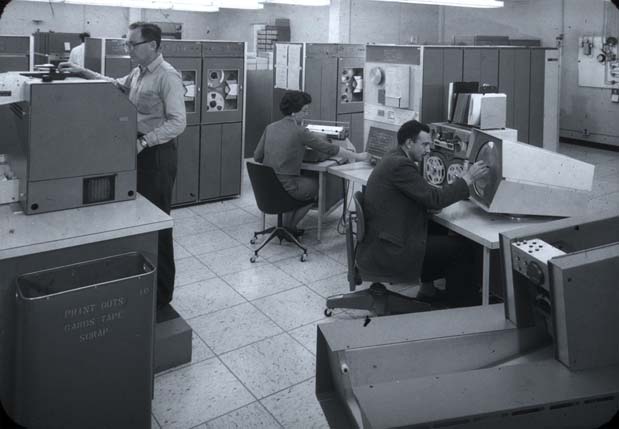
Cecilia Larsen, center, working on the PDP-1 at Lawrence Radiation Laboratory.
Cecilia Larsen, my colleague at LRL, has told me all about working with this PDP-1.
Cecilia has an interesting story of how she got into computing. She is a native of Livermore, California, where her Portugese immigrant parents owned a small general store. She received her B.A. from Dominican College in San Rafael with a full scholarship, and then went on to UC Berkeley where she achieved an MA in history, a general secondary teaching certificate, and a Technical Writing certificate. She also got a certificate in Music from the University of San Francisco. Cecilia’s husband died in 1943, so she held many jobs to support her 2 children and widowed mother.
A dozen years ago, in 1951, Cecilia saw an advertisement for a “Girl Friday” at what turned out to be the start up of Lawrence Radiation Laboratory. She works with Ernest Lawrence himself, as well as lab manager Sid Fernbach and that wicked Edward Teller. Did you know that Dr. Teller made Oppie, J. Robert Oppenheimer, lose his security clearance? Over what, some crazy accusation that this great man was a communist? What a terrible thing. At any rate, this California laboratory was set up to provide competition to the nuclear weapon design we are doing at Los Alamos, and sometimes we have strong feelings about what they are doing out there.
Cecilia and asked for more training to become oriented toward the work of the lab, so she was placed in an internship at the University of California Radiation Laboratory at Berkeley. There she learned about the organization by working in several departments, including the Tool and Machine Shop. She later also helped set up the Laboratory’s Technical Information Department, a library of all of the classified documents that Dr. Teller and his team needed to use. Sounds so like what Charlotte Serber did at Los Alamos library!
Univac computer, showing various peripherals including a Unityper.(Image courtesy Computer History Museum)
Cecilia also got to travel to Philadelphia with the engineers to learn how to use their very first computer, the Univac LARC. The LARC came out before the IBM Stretch, but after the IBM 7090. Back at the Lawrence Radiation Laboratory, Cecilia led the team of women that created the magnetic data tapes for the Univac on this cumbersome machine called a Unityper. Since your typing directly went onto magnetic tape, the work absolutely had to be correct, or you would have to start over. They would have two tapes made by different gals, and then compare them to see if they were the same. And they better be the same, or else. What a crazy system.
When the Lawrence Radiation Laboratory at Livermore got their PDP-1 it probably came with Spacewar! in memory. I hear that the engineers from Digital Equipment Corporation do that to test whether the computer was working once it is turned on at its new location. Since the Laboratory is a secure site, used to model nuclear tests, they aren’t too likely to have a lot of computer game play going on, or a lot of outright “hackers” like university computer sites are breeding.
All the young engineers depend on Cecilia at the Laboratory. She always remembers everything, she knows where everything is, and she is unflappable. She never loses her temper, and that is very important to all of the young guys who don’t know what they are doing there. Cecilia tells me that she didn’t see much play when she works during the day, but perhaps the younger and more audacious computer users pull out the paper tapes in the evenings when the administrators go home.
In any event, it makes sense, corresponding with all the other upheavals in our society today, that there is a new generation of computer experts coming of age who are very different from the buttoned-down white-shirt-and-tie fellows we see from IBM. Who knows what they'll come up with next!
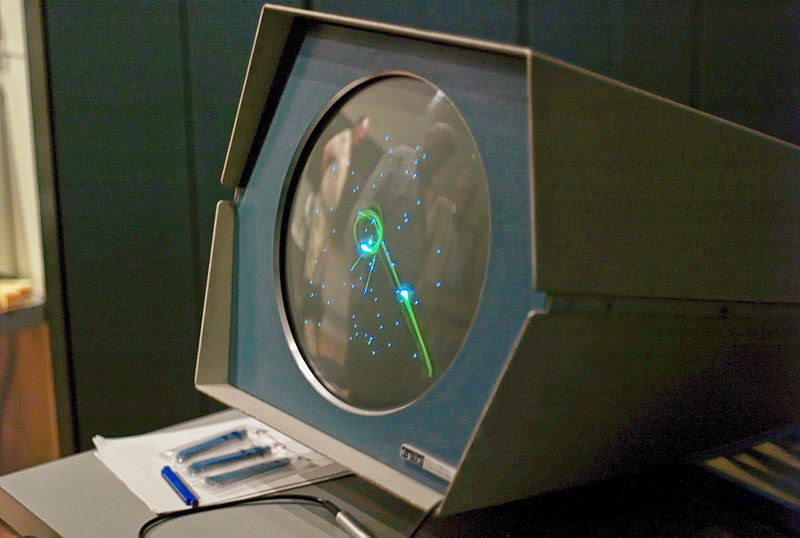
Spacewar! in action
(By the way, though there are currently few places you can play the world's first computer game, given my contacts, I think I can help you sneak in for a session or two. Just head over here. Tell them Ida sent you…)

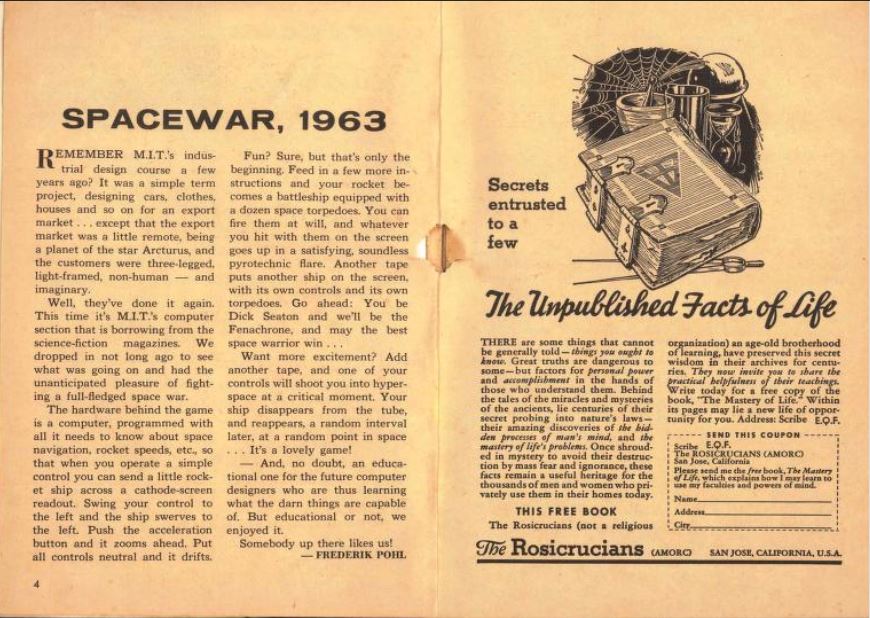
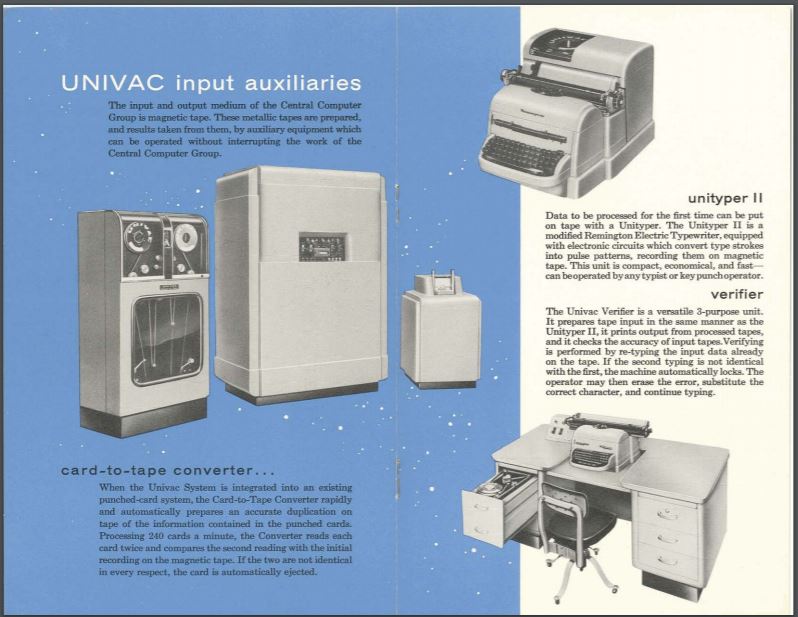

Computers have a strange attraction for some people. Professor Feyman has a story about his time at Los Alamos during the war, when they were trying to replace rooms full of clerks with desk calculators with a single big computer. The mathematicians programming the new computer was having so much fun playing with it they kept losing track of the "doing work" part, and the desk calculators whupped the new device for months until orders came down curbing experimentation with the big machine. It then managed to outperform the calculators… but never by a huge amount, as an opposing group of mathematicians began working out more efficient ways to split up complicated calculations to be more easily solved by the calculators.
Minor correction: Dick Seaton and the Fenachrone are not from E. E. Smith's "Lensman" series, but rather from his (mostly) earlier "Skylark" series.
Since I've proved totally inept at Pong and at pinball games, I suspect I'd be even worse at Spacewar (or any other future computer-based war games). Interesting article even so, of course.
Thanks for the correction Denny. I have a lot to learn about Science Fiction!